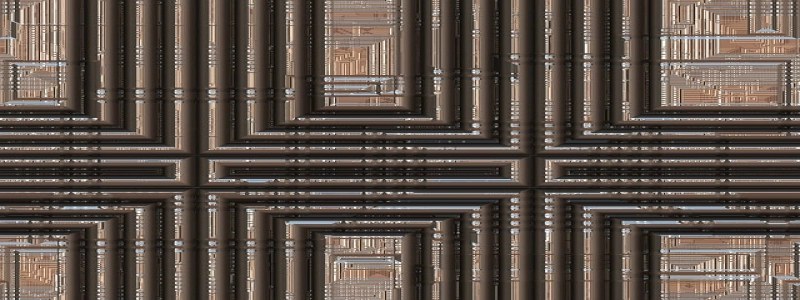Fiber Optic Cable Connectors Types
Introduction:
Fiber optic cable connectors play a crucial role in ensuring proper connectivity in optical fiber networks. These connectors enable the transmission of data at incredibly high speeds over long distances. They come in various types, each designed for specific applications and environments. In this article, we will explore the multiple levels of titles and provide a comprehensive explanation of the different types of fiber optic cable connectors.
I. Types of Fiber Optic Cable Connectors:
A. SC Connector:
1. Description:
The SC (Subscriber Connector) connector is one of the most commonly used fiber optic cable connectors. It features a snap-in design and a square-shaped connector body. This connector utilizes a push-pull latching mechanism for secure connections.
2. Application:
SC connectors are widely used in local area networks (LANs) and data centers due to their excellent performance and reliability.
3. Advantages:
– Easy installation and removal
– Low insertion loss
– High return loss
– High connection durability
B. LC Connector:
1. Description:
The LC (Lucent Connector) connector is another popular type of fiber optic cable connector. It features a small, compact design which makes it ideal for high-density applications. The connector body resembles an RJ-45 connector but is about half its size.
2. Application:
LC connectors are commonly used in telecommunication systems, storage area networks (SANs), and high-speed data networks.
3. Advantages:
– Small form factor
– High connection density
– Low insertion loss
C. ST Connector:
1. Description:
The ST (Straight Tip) connector is one of the oldest types of fiber optic cable connectors. It has a cylindrical connector body with a bayonet-style locking mechanism. The connector is often made of metal and requires a twisting motion to secure the connection.
2. Application:
ST connectors were widely used in the past but have been largely replaced by smaller connectors such as SC and LC. However, they can still be found in some legacy systems.
3. Advantages:
– Rugged and durable design
– Reliable in harsh environments
II. Other Types of Fiber Optic Cable Connectors:
A. MTP/MPO Connector:
1. Description:
The MTP/MPO (Multi-Fiber Push-On/Pull-Off) connector is used for high-density fiber connections. It can accommodate multiple fibers within a single connector, making it suitable for applications that require a large number of connections.
2. Application:
MTP/MPO connectors are commonly used in data centers, backbone networks, and high-density fiber optic installations.
3. Advantages:
– High density of connections
– Time-saving and efficient installation
– High bandwidth capabilities
B. FC Connector:
1. Description:
The FC (Ferrule Connector) connector is a threaded connector that uses a keying mechanism to ensure proper alignment. It is often used in high-vibration environments and is known for its reliability and stability.
2. Application:
FC connectors are commonly used in telecommunications, test equipment, and high-vibration industrial applications.
3. Advantages:
– Robust and stable connection
– Suitable for high-vibration environments
Conclusion:
In conclusion, fiber optic cable connectors are essential components in optical fiber networks. The various types of connectors available, such as SC, LC, ST, MTP/MPO, and FC, offer different advantages and applications. Choosing the right connector type for a specific network environment is crucial for ensuring optimal performance and reliability. By understanding the different fiber optic cable connector types, network administrators and technicians can make informed decisions and successfully deploy fiber optic networks.






